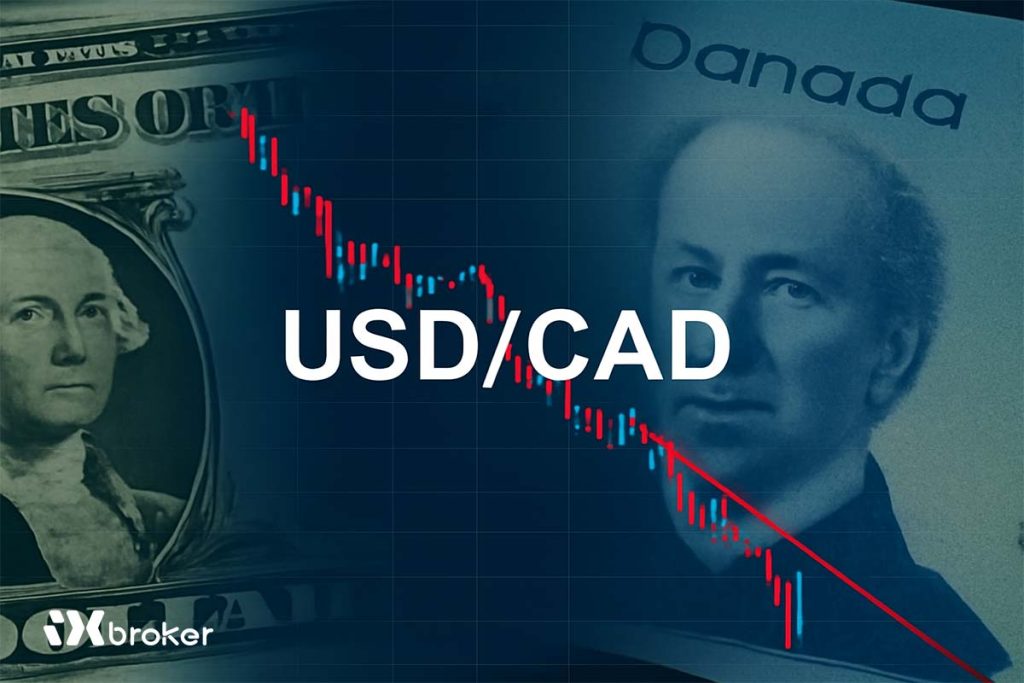The Australian Dollar (AUD) is little changed against the US Dollar (USD) on Tuesday after two consecutive days of gains. Market participants are now focused on Australia’s first “complete” monthly CPI release for October, due Wednesday, which is expected to provide clearer guidance on the Reserve Bank of Australia’s (RBA) policy outlook.
The AUD has been supported by expectations that the RBA will maintain a cautious stance. Minutes from the central bank’s November meeting signaled that policymakers may keep interest rates on hold for an extended period. As of November 20, ASX 30-Day Interbank Cash Rate Futures showed the December 2025 contract trading at 96.41, implying just a 6% probability of a rate cut to 3.35% from 3.60% at the upcoming RBA Board meeting.
RBA Assistant Governor Sarah Hunter said Thursday that “sustained above-trend growth could fuel inflationary pressures,” emphasizing that monthly inflation readings can be volatile and that the bank will not respond to a single data point. She added that the RBA is monitoring labor-market dynamics to assess supply constraints and is reviewing how monetary-policy transmission may be evolving.
US Dollar remains under pressure as Fed rate-cut expectations rise
The US Dollar Index (DXY), which tracks the USD against six major peers, is edging lower and trading near 100.10 at the time of writing. The Greenback continues to soften as expectations build for a Federal Reserve rate cut in December.
The CME FedWatch Tool now reflects an 81% chance of a 25-basis-point cut at the December meeting, up from 71% just one day earlier. On Friday, New York Fed President John Williams said policymakers could still cut rates in the “near-term,” reinforcing the market’s dovish shift. Fed Governor Stephen Miran echoed this sentiment, stating that recent Nonfarm Payrolls (NFP) data supports a December cut and noting that he “would vote for a 25-bps cut” if his vote were decisive.
The University of Michigan’s Consumer Sentiment Index rose to 51 in November from a preliminary 50.3, exceeding expectations but declining from October’s 53.6. Inflation expectations moderated, with the one-year outlook easing to 4.5% from 4.7% and the five-year measure falling to 3.4% from 3.6%.
Meanwhile, US NFP increased by 119,000 in September, well above expectations of 50,000, compared to the revised 4,000 decline in August (previously +22,000). The unemployment rate ticked up to 4.4% from 4.3%, while Average Hourly Earnings remained steady at 3.8% YoY, slightly above estimates.
Minutes from the FOMC’s October 28–29 meeting revealed a divided committee, with most officials suggesting that additional cuts will likely be appropriate over time, though several expressed doubt about the need for a December move.
Mixed Australian data and a neutral AUD/USD technical setup
Australia’s preliminary S&P Global PMI readings for November showed improvement: Manufacturing PMI rose to 51.6 from 49.7, Services PMI ticked up to 52.7 from 52.5, and Composite PMI increased to 52.6 from 52.1. The RBA’s November meeting minutes, released Tuesday, underscored a more balanced policy stance and suggested policymakers could keep rates unchanged for longer if incoming data remains resilient.
AUD/USD is trading near 0.6460 during Tuesday’s session. On the daily chart, the pair continues to consolidate within a rectangular range, signaling a neutral bias. The price remains below the nine-day Exponential Moving Average (EMA), pointing to subdued short-term momentum.
Immediate support lies at the lower edge of the range near 0.6420, followed by the five-month low of 0.6414 recorded on August 21. On the upside, the nine-day EMA at 0.6479 serves as the first hurdle, followed by the psychological 0.6500 level. A break above this zone could strengthen short-term momentum and open the door toward the upper boundary of the range around 0.6620.



